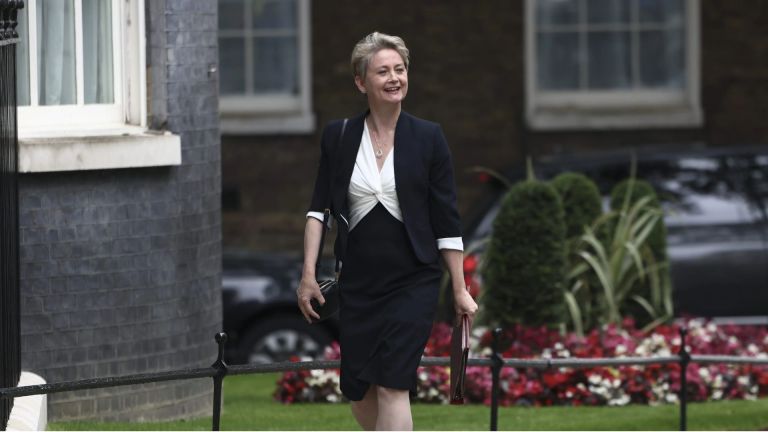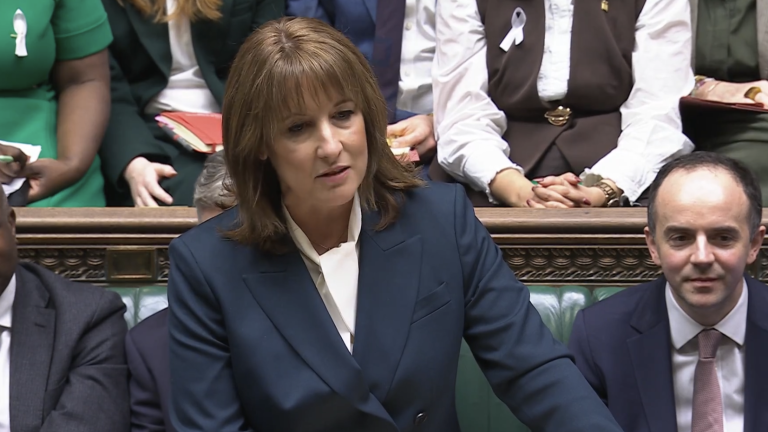A statue has been unveiled in Glasgow on International Women’s Day in memory of Mary Barbour, who led the fight against rent increases imposed by Glasgow landlords during World War 1.
In 1915, the Govan-based campaigner led months of protest against landlords who took advantage of the wartime economy to hike up rent for workers, many of whom had come into the city to work in the shipyards and munitions factories. Those who could not pay were evicted.
The city-wide resistance led to around 20,000 tenants going on strike in Glasgow and beyond.
Mrs Barbour also set up tenant’s committees and also co-ordinated eviction resistance – which included throwing flour and water over bailiffs.
The campaign culminated in a large demonstration outside Glasgow Sheriff Court and the city chambers, and within a month Munitions Minister Lloyd George changed the law to reduce rents to pre-war levels across the UK.
The statue was revealed to a large crowd who had gathered outside Govan subway station. Designed by sculptor Andrew Brown, it shows Barbour marching with members of the community behind her.









